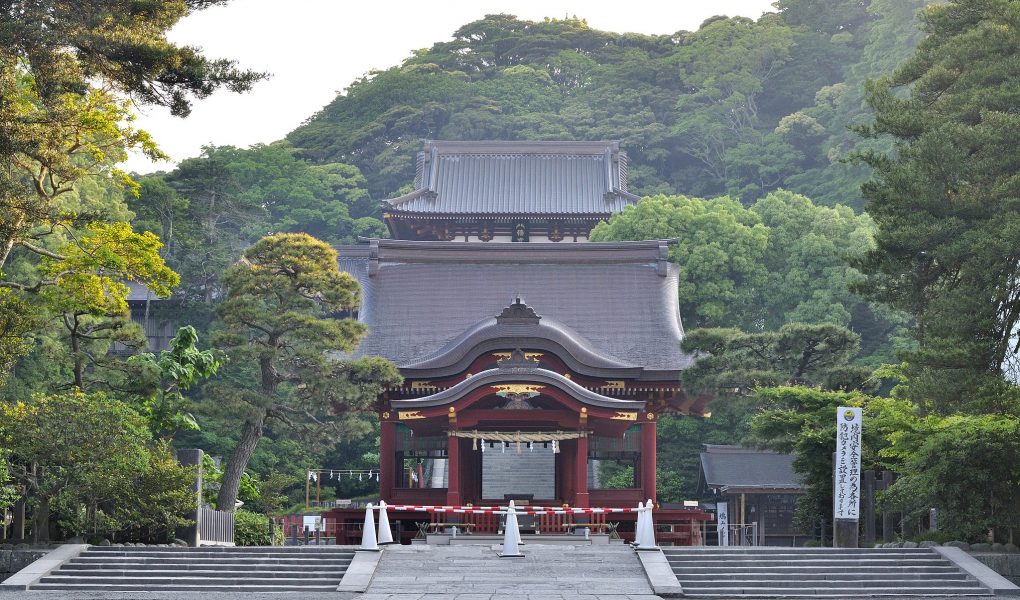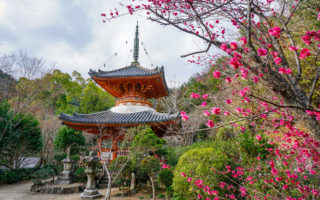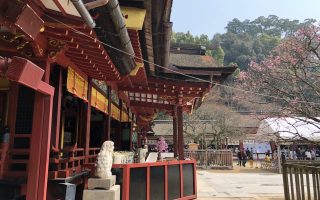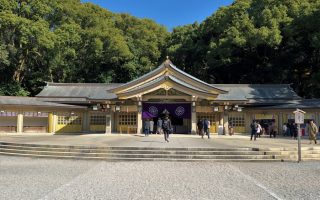Tsurugaoka Hachimangū Shrine in Kamakura is an impressive, 1000 year old shrine located in the middle of Kamakura City. In fact, it is considered the most important shrine in the entire city. The shrine sits up on a hill side, overlooking the city, and is well known for it’s 1.8km long approach and it’s 1000 year old Ginkgo tree, which sadly fell in a storm in 2010.
Hotels in Kamakura Kamakura Guided Tour Kamakura Guided Hiking Tour
The shrine is a Hachiman shrine, but it hasn’t always been just so. Up until the Meiji restoration in 1868, the shrine was a combined Shinto shrine and Buddhist temple. This practice wasn’t uncommon at the time, but with the implementation of the Meiji restoration came a forced separation of religions. Effectively this separation meant that Shinto and Buddhism had to be completely separated, as Buddhism was not considered Japanese. As a result of the abolishment of Buddhism, many great historic buildings and relics were lost. This was also the case for Tsurugaoka Hachimangū Shrine, where a large number of buddhist buildings were removed from the site, and relics were sold off or destroyed. The unusual layout of the shrine area however hints at it’s past as a shared site for Shinto and Buddhism.
Hachiman shrines
A Hachimangū Shrine is a shrine dedicated to the divinity (kami) of archery and war called Hachiman. It is the second most common type of shrine in Japan. Hachiman has been worshipped for centuries in Japan, and has actually been worshipped in both Buddhism and Shinto religions. In Shinto beliefs Hachiman was considered the deification of Emperor Ojin who lived in the 2nd or 3rd century.
The name “hachiman” means “eight banners” and apparently refers to the fact that eight heavenly banner where flying to signal the birth of Emperor Ojin.
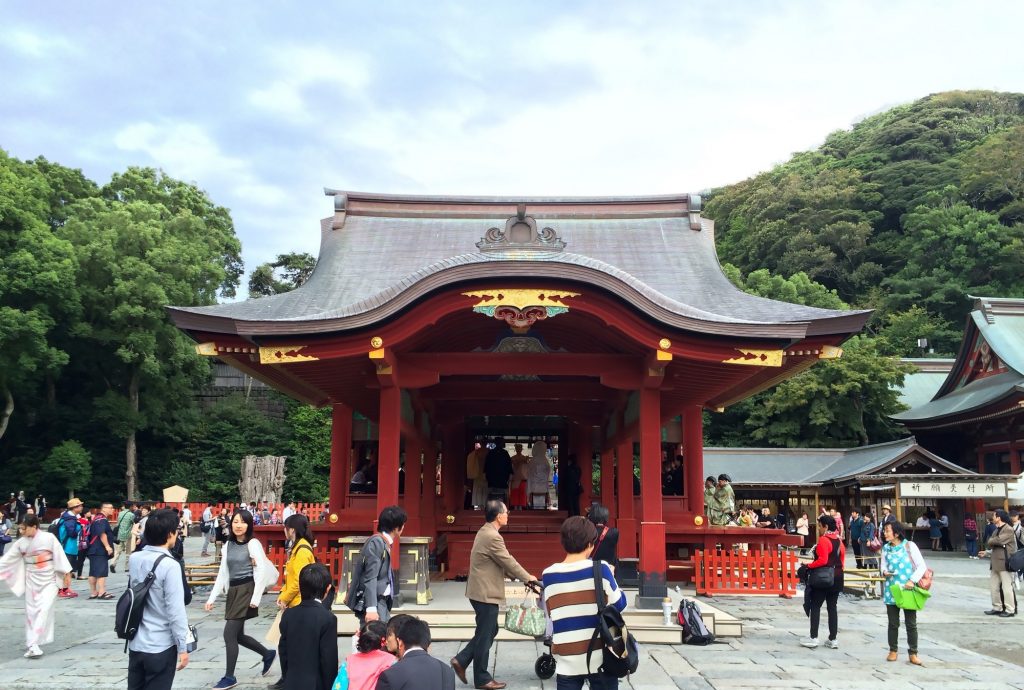
History of Tsurugaoka Hachimangū Shrine
The original version of this shrine was constructed in 1063, south of the modern-day shrine. Today a small shrine called Moto Hachiman (original hachiman) is located on the original grounds of the shrine.
Tsurugaoka Hachimangū Shrine and establishment of the Kamakura Shogunate
During the 1100’s two prominent families, Taira and Minamoto were fighting for power. In 1156 the Taira family had defeated the Minamoto family and seized power. In 1185 the Minamoto regained power after defeating the Taira family in the Genpei war and seizing power from the central government. Minamoto no Yoritomo of the Minamoto family put a government in place, and the Kamakura Shogunate was established in 1192.
In 1191 however Minamoto no Yoritomo, the soon to be Shogun, moved the Hachiman Shrine up on the hillside where it is located today. He wanted to worship Hachiman, god of war, to protect the government he had put in place after defeating the Taira family in 1185.
Assasination of Minamoto no Sanetomo
Tsurugaoka Hachimangū Shrine is famously the location of the assassination of Minamoto no Sanetomo in 1219. Minamoto no Yoritomo had two sons, Yoriie and Sanetomo. Yoriie became the shogun after their fathers death, and Sanetomo took the position when his brother died in 1204.
Yoriie’s son, Yoshinari (known as Kugyo after his death), was adopted by Sanetomo. Yoshinari, wanting to take the position as Shogun, assasinated his own uncle Sanetomo at the stone stairs in front of Tsurugaoka Hachimangū Shrine. While Sanetomo did die, the plan didn’t work out for Yoshinari. His act was punished only a few hours after the incident. Yoshinari was beheaded the same day effectively ending the Minamoto familys rule.
Getting there
By foot: the walk from Kamakura Station to Tsurugaoka Hachimangū Shrine is about 1km (0.6mi) and takes 15 minutes.
By bus: it’s possible to take busses 20, 23, 36 half the way to the shrine, but one must walk the last half (8 minutes). The bus stop is Kamakurashi Bus Stop. Learn how to take a bus in Japan.
From Tokyo: take the Yokosuka Line (JO) from Tokyo Station, Shimbashi Station or Shinagawa Station. Get off at Kamakura Station. The ride is just under 1 hour, and is covered by the Japan Rail Pass.
Cover photo credit: ocdp. Licensed under CC0 1.0 public domain.

